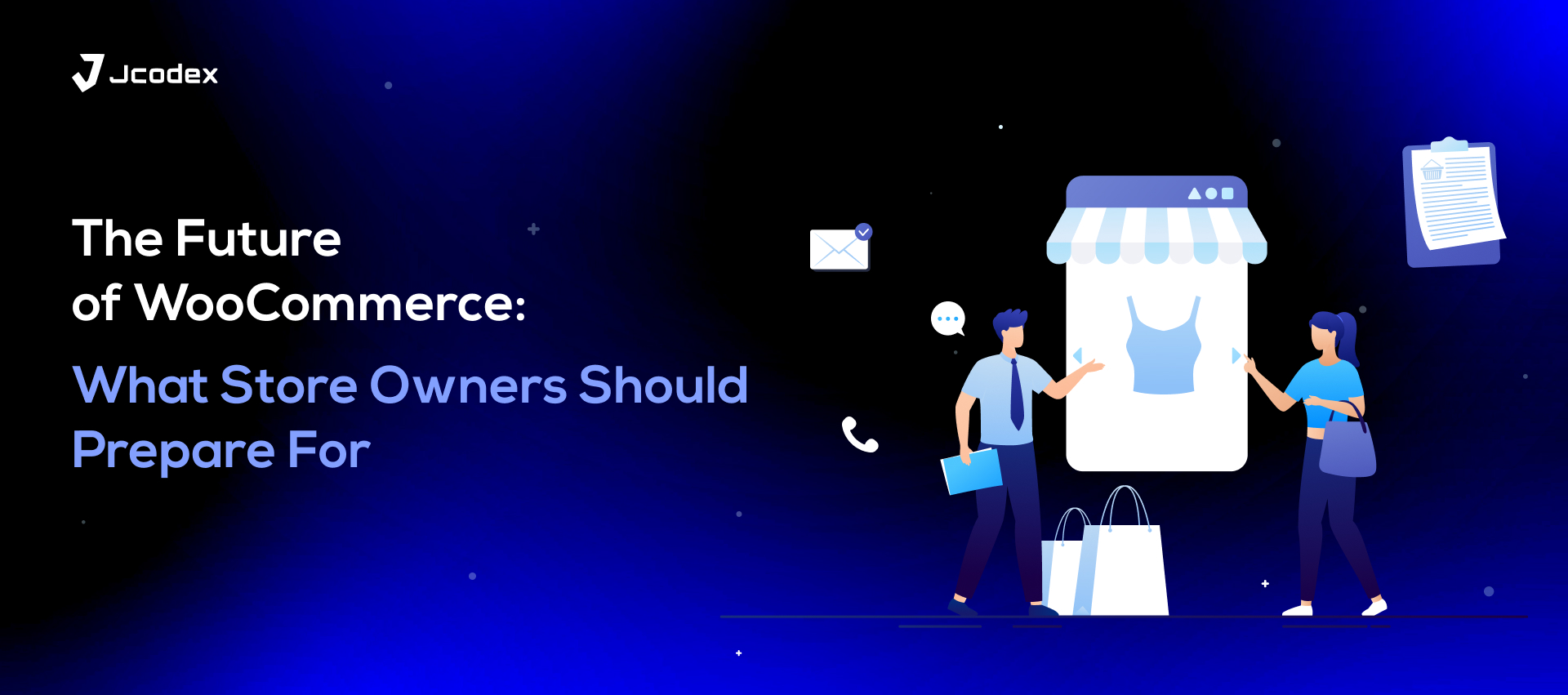There is an art to setting up a checkout process that appropriately captures a buyer’s interest. In e-commerce, the rates of cart abandonment are high as shopping experiences often fail expectations. But rather than reflect badly on stores, this can be seen as an opportunity for innovation, especially with a reliable checkout manager for WooCommerce.
A surefire way to impress buyers is to design a seamless and attractive checkout. To many, that simply means designing uncluttered forms and mobile optimization. While those are undeniably important, your aim should be to make online shopping more memorable, intuitive, and tailored. To achieve that, the answer lies in personalization.
Understanding WooCommerce Checkout
In this market, constructing a viable business from scratch requires the right platform. WooCommerce is amazingly accessible and versatile, presenting a loaded collection of nifty e-commerce tools. So, if you want to run a competitive online store, this is the plugin that will help drive your WordPress business to lasting success.
One hallmark of WooCommerce is its default checkout page. This page offers some vital basics for enabling buyers to complete their purchase. But as a comprehensive checkout solution, it’s fairly one-size-fits-all.
E-commerce is a crowded industry made of diverse businesses, catering to all manner of customers and audiences. So, to stand out, it’s important to offer a checkout and online shopping experience that is flexible, client-centric, and tailored for inclusivity.
The Need for Personalization in E-commerce
Personalized web design is a surefire solution for igniting conversions and forming lasting customer relations. Thoughtful checkout page design adds substance to an e-commerce transaction, making it more meaningful and enjoyable. Like a song with immense replay value, it drives buyers to visit again and again without being disappointed.
Tailoring your checkout process conveys to buyers that you care about their needs. This leads to more robust connections and customer loyalty. It helps make a brand or store more reputable in the industry as a caring and conscious online business.
Strategies for Crafting Personalized Checkout Experiences
The benefits of a WooCommerce checkout fields plugin are that they’re easy to use and offer immense personalization capabilities. So, you can customize the default capabilities of WooCommerce checkout to something more focused and high-converting.
Here are some simple tactics that can help you catapult your user experience to the next level.
Dynamic Pricing
A flexible pricing strategy is a great way to keep buyers interested in your products. Set up pricing and deals based on user roles, behaviour, current trends, and buyer histories. It helps a store stay up-to-date with product pricing simply by making routine changes to price fields in your checkout page.
Inclusive Checkout
A single store can cater to a wide range of buyers, each from a different region or background, presenting various specific needs. A default, ready-made checkout experience might be insufficient to address all the needs of these user groups. Instead, it can prove to be restrictive and increase cart abandonment rates.
For instance, online stores that cater to local and overseas buyers enjoy more sales and conversions. A checkout plugin that’s compatible with multilanguage and multicurrency solutions like WPML can make this mission more productive. Similarly, different audiences may use different payment gateways, so it’s important to have multiple gateways at checkout.
Mobile-first checkout design is also more inclusive than the Desktop-first approach. It facilitates smartphone users, who make up the bulk of e-commerce traffic, without hindering checkout on laptops or PCs. Plus, enabling guest checkout facilitates scores of buyers that hoping to make a purchase without having to register first.
Strategic Use of Checkout Fields
Checkout fields play an important role in determining the flow of checkout. Things like placement, validation, and display conditions can make for a more structured checkout experience.
Crucially, fields help stores gather information that will later help supercharge personalization. The key, however, is to do so without overwhelming buyers. Using the appropriate amount of fields and decluttering the checkout form can make for a more flexible and enjoyable experience.
Advanced Customization
There are several ways in which you can upgrade small details in checkout. Use field labels and descriptions to present fun captions and short, informative descriptions or links. Many checkout plugins support custom CSS, which allows you to style your checkout into something more brand-savvy and user-friendly.
Store Recommendations
Upselling and cross-selling are not just ways for stores to boost sales through average cart totals. Customized product recommendations present a means to help buyers improve their purchases or checkout. They work best, however, with the option to opt-out if buyers find it annoying or intrusive.
Upselling helps recommend superior products, while cross-selling improves the value of purchases through cart add-ons or complimentary products.
Conclusion: Checkout Manager for Woocommerce
WooCommerce is a truly state-of-the-art platform for kickstarting an online business from scratch. This is thanks in part to its amazing and flexible default capabilities. But what truly sells it is the ability for businesses to tailor their virtual storefront to something more appealing and unique.
In a sea of uniformity, you can present a business that is competent and focused on user satisfaction. Investing in a premium-quality checkout manager for WooCommerce can help you personalize your checkout architecture, allowing your online venture to thrive.



